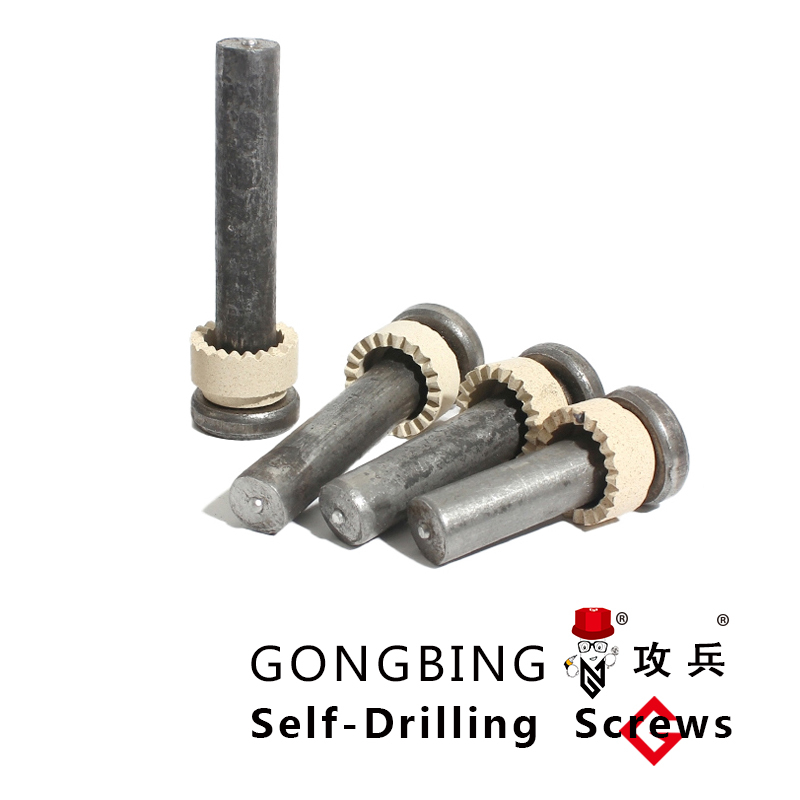Understanding the Benefits and Applications of Self-Drilling Screws in Construction Projects
Understanding Self-Drilling Screws A Comprehensive Guide
Self-drilling screws, often referred to as Tek screws, have revolutionized the construction and manufacturing industries. These innovative fasteners are designed with a built-in drill bit that allows them to bore into materials without requiring a pre-drilled pilot hole. This unique feature significantly reduces installation time and increases efficiency, making self-drilling screws an essential tool for professional contractors and DIY enthusiasts alike.
The Anatomy of Self-Drilling Screws
To understand the effectiveness of self-drilling screws, it’s important to explore their anatomy. A typical self-drilling screw features a pointed tip, which acts as a drill bit, and a threaded shaft that allows it to grip materials securely. The tip is designed in various configurations, each suited for different materials, such as metal, wood, or plastic. Stainless steel is a common material used for these screws, providing enhanced corrosion resistance and durability, making them ideal for outdoor applications.
Applications of Self-Drilling Screws
The applications for self-drilling screws are vast. They are commonly used in metal roofing, where they can easily penetrate metal sheets and secure them to wooden or metal frames. Similarly, in the construction of warehouses and commercial buildings, self-drilling screws play a critical role in fastening steel frames and panels. Additionally, these screws are useful in the automotive industry, for assembling various components without the need for additional tools.
One of the significant advantages of self-drilling screws is their ability to streamline assembly processes. By eliminating the need for pre-drilling, workers can complete tasks faster, reducing labor costs and time on site. This efficiency has led to an increase in the popularity of self-drilling screws across various industries.
self drilling screws 12

Choosing the Right Self-Drilling Screw
When selecting self-drilling screws, one must consider several factors to ensure optimal performance. The type of material being fastened is the first consideration. Different screws are engineered for different materials, and using the correct type will enhance the screw’s longevity and effectiveness. For instance, screws designed for metal should feature sharper points and more aggressive threading.
It's also important to gauge the size and length of screws based on the project's specific requirements. A screw that is too short may not provide sufficient hold, while a screw that is excessively long could compromise the integrity of the materials being fastened.
Installation Tips
Proper installation is key to maximizing the benefits of self-drilling screws. For effective results, ensure that the screw is aligned correctly with the materials being joined. Applying steady pressure while driving the screw will lead to a cleaner and more efficient installation. Using a power tool with adjustable torque settings can help prevent overdriving or stripping the screw head.
Conclusion
Self-drilling screws are a vital component in modern construction and manufacturing, providing a simple yet effective solution for fastening materials. Their versatility, efficiency, and reliability make them preferred tools for professionals and hobbyists alike. By understanding their features, applications, and proper installation techniques, users can harness the full potential of self-drilling screws, leading to successful projects and durable assemblies. Whether in a residential renovation or a large-scale industrial build, self-drilling screws are poised to continue shaping the future of fastening technology.
-
Weatherproof Plastic Expansion Anchors for OutdoorNovasJun.06,2025
-
Sustainability in the Supply Chain: Eco-Friendly TEK Screws ProductionNovasJun.06,2025
-
Load-Bearing Capacity of External Insulation FixingsNovasJun.06,2025
-
Double Head Bolts: Enhancing Efficiency in Industrial MachineryNovasJun.06,2025
-
Corrosion Resistance in Chipboard Screws: Coatings for Wholesale DurabilityNovasJun.06,2025
-
Butterfly Toggle Bolts : Enhancing Structural ResilienceNovasJun.06,2025
